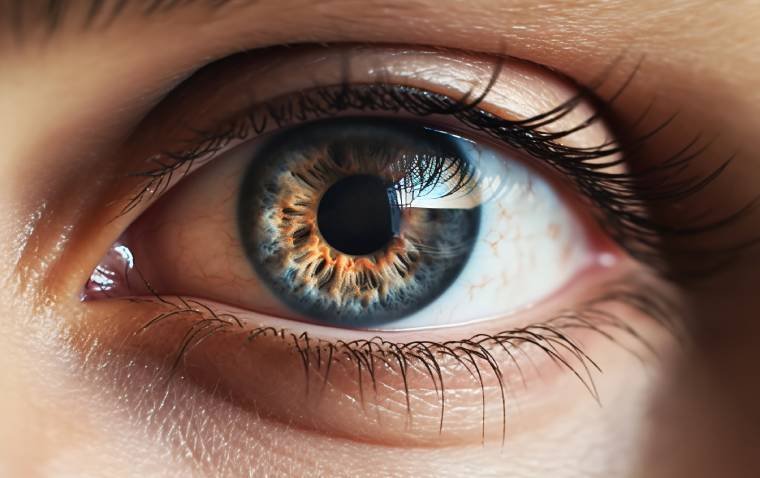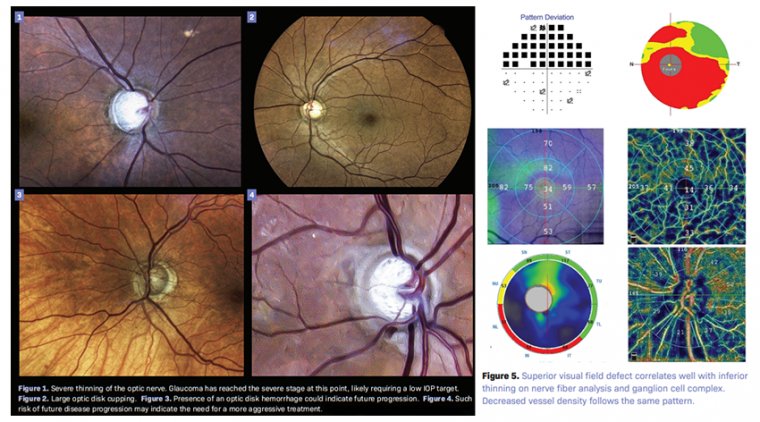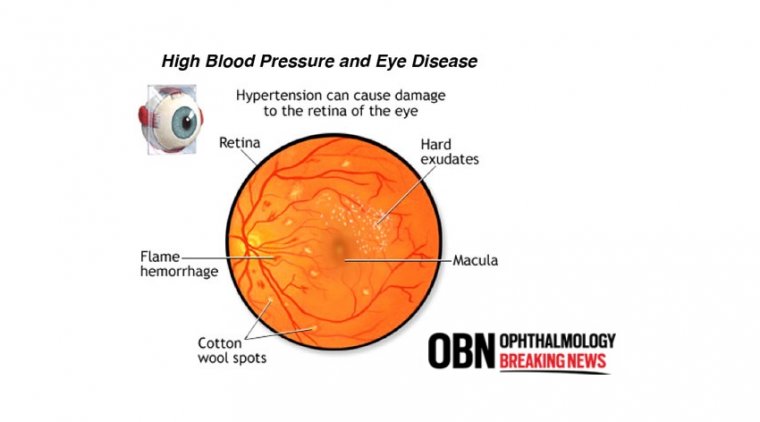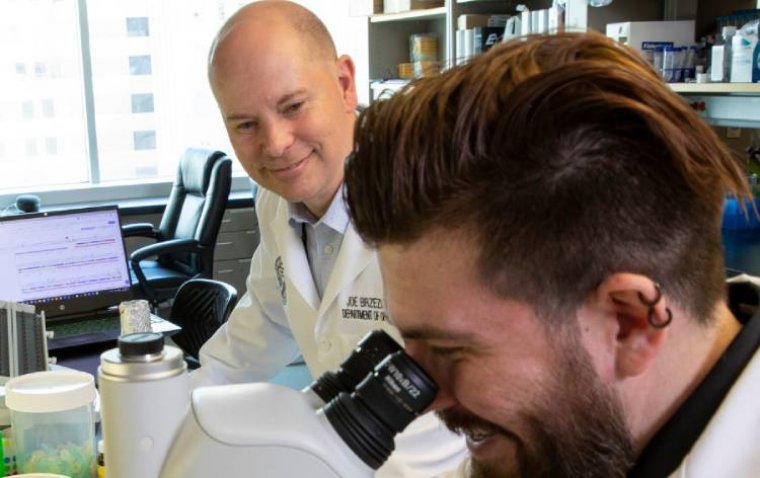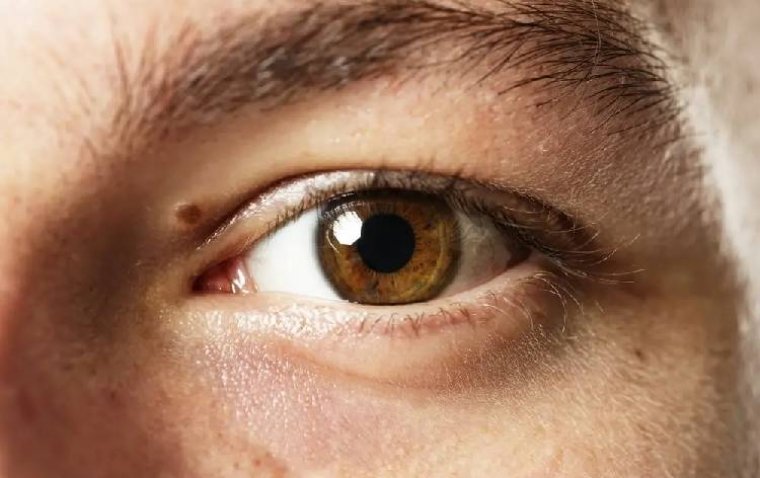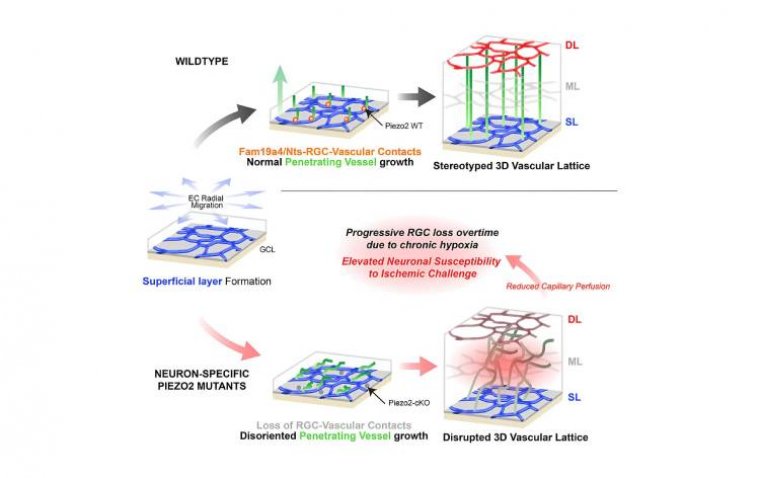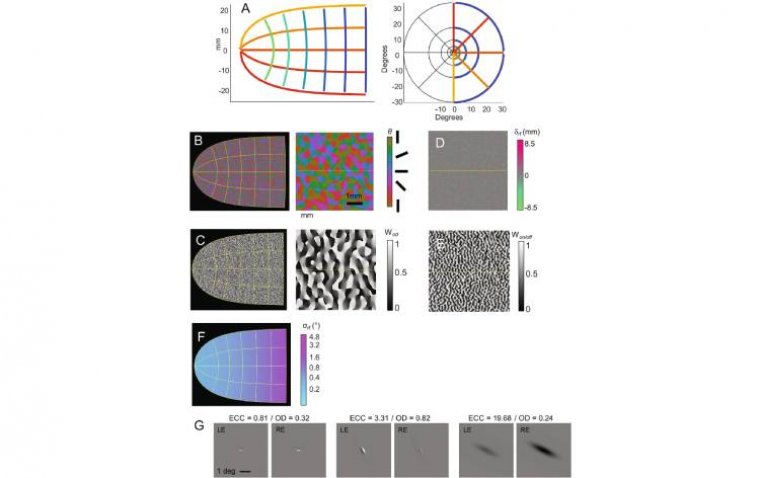
Elon Musk's Blindsight Implant Faces Skepticism from University of Washington Researchers
Elon Musk recently announced on X that Blindsight, a cortical implant to restore vision, would have low resolution at first "but may ultimately exceed normal human vision."
Skepticism from University of Washington Research
New research from the University of Washington challenges this assertion. Ione Fine, lead author and UW professor of psychology, said Musk's forecast for the Neuralink project is based on the incorrect assumption that implanting millions of tiny electrodes into the visual cortex, the brain region processing information from the eyes, will provide high-resolution vision.
Findings from the Study
For the study, published in Scientific Reports, researchers developed a computational model that mimics the experience of various human cortical studies, including a high-resolution implant like Blindsight. One simulation shows a movie of a cat at 45,000-pixel resolution as crystal-clear. However, a simulation reflecting a patient with 45,000 electrodes in the visual cortex sees the cat as blurry and hard to recognize.
Explanation of Visual Cortex Functionality
Fine explained that a single electrode doesn't correspond to a pixel but rather stimulates a single neuron at best. Unlike tiny "dots" on a computer screen, each neuron in the visual cortex informs the brain about images within a small region called the "receptive field," with these fields overlapping. Thus, a single spot of light activates a complex network of neurons. Image clarity depends on how information is processed by thousands of neurons, not merely on electrode size or number.
"Engineers often think of electrodes as producing pixels," Fine said, "but that is simply not how biology works. We hope that our simulations based on a simple model of the visual system can give insight into how these implants are going to perform. These simulations are very different from the intuition an engineer might have if they are thinking in terms of pixels on a computer screen."
Approach and Implications of the Research
The researchers used extensive animal and human data to create computational "virtual patients," demonstrating for the first time how human electrical stimulation in the visual cortex might feel. Although blurry vision would still be a significant advancement for many, Fine said, these simulations—which represent the probable best-case scenario for visual implants—urge caution.
Challenges in Achieving High-Resolution Vision
While Musk's efforts in the engineering aspects of visual implants are significant, a major challenge remains: replicating a neural code—a complex firing pattern over many thousands of cells—that produces clear vision after implanting and stimulating single cells with electrodes.
"Even to get to typical human vision, you would not only have to align an electrode to each cell in the visual cortex, but you'd also have to stimulate it with the appropriate code," Fine said. "That is incredibly complicated because each individual cell has its own code. You can't stimulate 44,000 cells in a blind person and say, 'Draw what you see when I stimulate this cell.' It would literally take years to map out every single cell."
Scientists currently lack methods to identify the correct neural code in a blind individual, Fine noted. "Somebody might one day have a conceptual breakthrough that gives us that Rosetta Stone," Fine said. "It's also possible that there can be some plasticity where people can learn to make better use of an incorrect code. But my own research and that of others shows that there's currently no evidence that people have massive abilities to adapt to an incorrect code."
Realistic Expectations and Future Applications
Without such breakthroughs, the vision provided by Blindsight and similar projects will remain limited and imperfect, regardless of the technological sophistication. For now, the models from this study can help researchers and companies improve the placement of existing devices and develop new technologies. Additionally, they can inform entities like the FDA and Medicare about important tests for evaluating devices and set realistic expectations for surgeons, patients, and their families.
Concerns About Musk's Statements
"Many people become blind late in life," Fine said. "When you're 70 years old, learning the new skills required to thrive as a blind individual is very difficult. There are high rates of depression. There can be desperation to regain sight. Blindness doesn't make people vulnerable, but becoming blind late in life can make some people vulnerable. So, when Elon Musk says things like, 'This is going to be better than human vision,' that is a dangerous thing to say."
Reference
Ione Fine et al, A virtual patient simulation modeling the neural and perceptual effects of human visual cortical stimulation, from pulse trains to percepts, Scientific Reports (2024). DOI: 10.1038/s41598-024-65337-1
(1).jpg)

